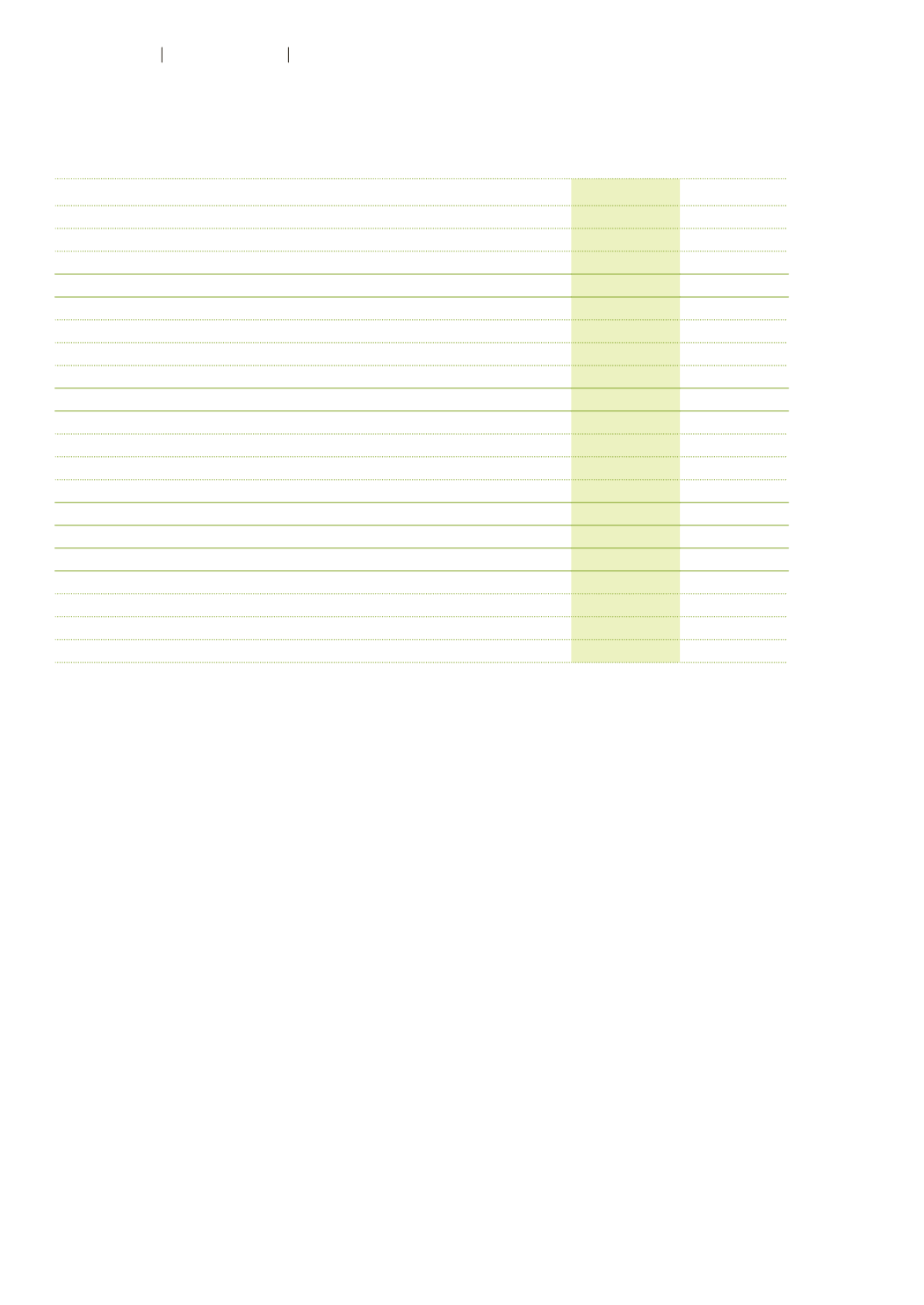

The status of the defined benefit plans at year-end was as follows:
CHF million
2016
2015
Switzerland
Fair value of plan assets at December 31
113.9
116.5
Present value of defined benefit obligation at December 31
–121.6
–122.3
Deficit at December 31
–7.6
–5.9
USA
Fair value of plan assets at December 31
30.8
30.1
Present value of defined benefit obligation at December 31
–48.0
–47.2
Deficit at December 31
–17.1
–17.1
Other countries
Fair value of plan assets at December 31
37.7
34.3
Present value of defined benefit obligation at December 31
–44.1
–38.0
Deficit at December 31
–6.5
–3.7
Total deficit at December 31
–31.2
–26.7
Recognized in the balance sheet
as employee benefit assets
3.4
1.0
as employee benefit liabilities
–34.7
–27.7
Swiss pension plans
Pension plans are governed by the Swiss Federal Law on Occupational Retirement, Survivors’ and
Disability Pension Plans (BVG). The Group’s pension plans are administered by separate legal founda-
tions, which are funded by regular employee and company contributions. Plan participants are
insured against the financial consequences of old age, disability and death. The most senior govern-
ing body of the pension plan is the Board of Trustees. The Board of Trustees is responsible for
the investment of the plan assets. All investment decisions made by the Board of Trustees need to
conform to the guidelines set out in a long-term investment strategy. This strategy is based on
legal requirements, expected future contributions and expected future obligations and is reassessed
at least once a year. All governing and administration bodies have an obligation to act in the
interests of the plan participants. The final benefit is contribution-based with certain minimum guar-
antees. Due to these minimum guarantees, the Swiss plans are treated as defined benefit plans for
the purposes of these IFRS financial statements, although they have many characteristics of defined
contribution plans. Retirement benefits are based on the accumulated savings capital, which can
either be drawn as a lifelong pension or as a lump-sum payment. The pension is calculated by multi-
plying the balance of the savings capital with the applicable conversion rate. The plan is exposed
to actuarial risks, such as longevity risk, interest rate risk and market (investment) risk. In case of
an underfunding, the Board of Trustees is required to take the necessary measures to ensure that
full funding can be expected to be restored within a reasonable period. The measures may include
increasing employee and company contributions, lowering the interest rate on retirement account
balances or reducing prospective benefits.
102
Autoneum
Financial Report 2016
Consolidated Financial Statements











